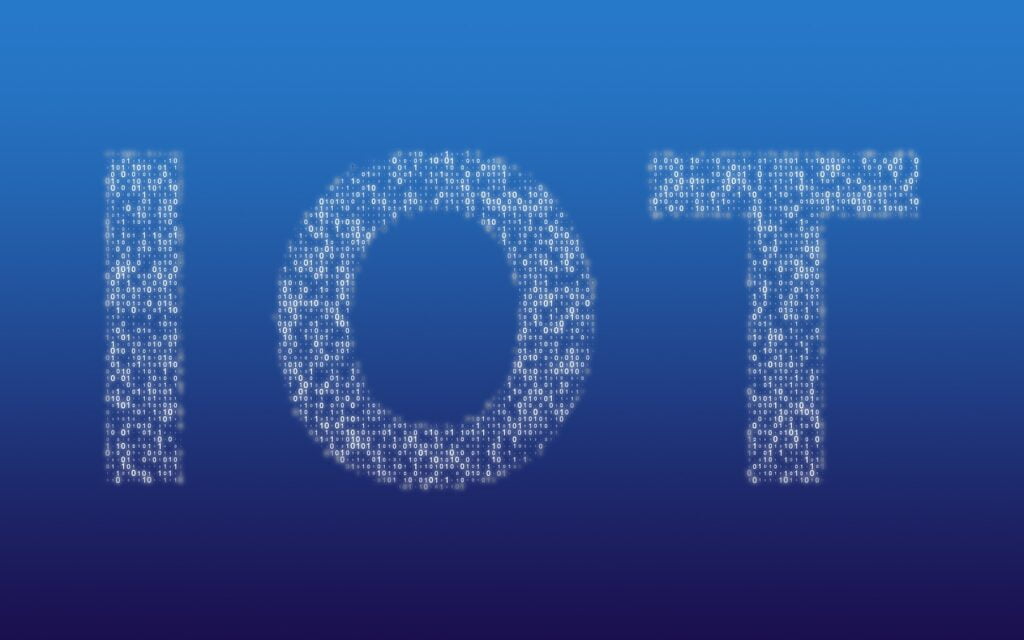
What is an IoT Development Board?
An IoT development board is a type of hardware device that is designed to help developers create and test Internet of Things (IoT) applications and solutions.
These boards typically include a microcontroller, memory, and various input/output (I/O) components, such as sensors, actuators, and connectivity options, that allow developers to build and experiment with IoT projects.
Some common examples of IoT development boards include Arduino, Raspberry Pi, and BeagleBone. These boards are often used in conjunction with software development tools and IoT dashboards, such as the Arduino Integrated Development Environment (IDE), to create and deploy IoT applications.
1. Arduino Nano 33 IoT
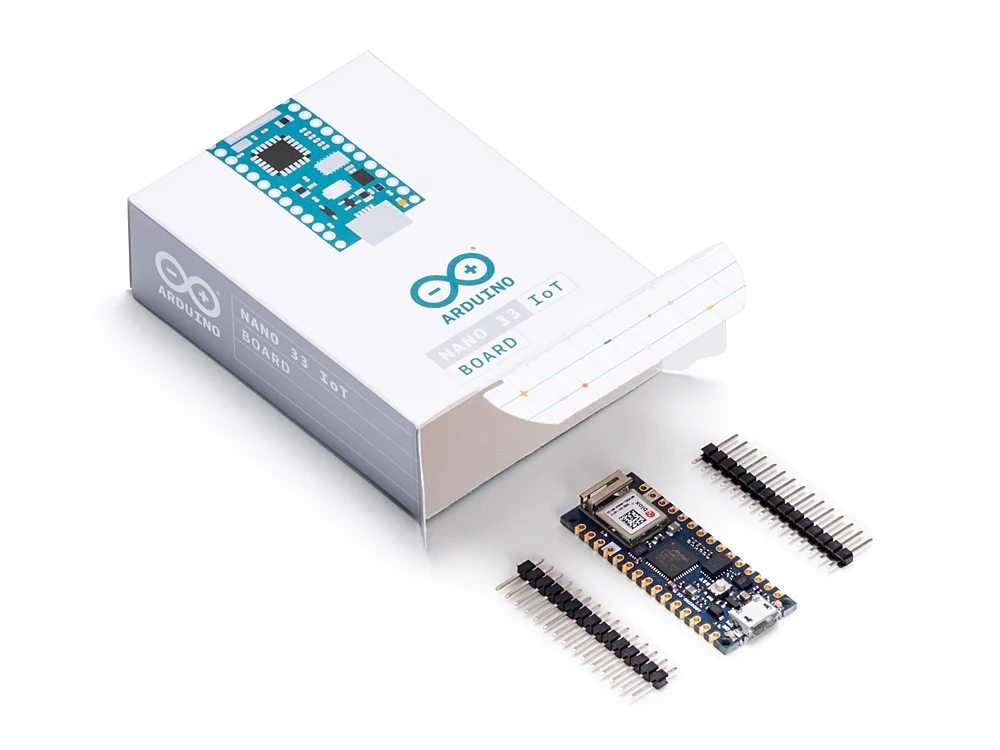

The Arduino Nano 33 IoT is a compact, low-power development board that is part of the Arduino Nano family of microcontroller boards. It is designed to help developers create Internet of Things (IoT) applications and projects.
The Nano 33 IoT features a 32-bit processor, WiFi and Bluetooth connectivity, and a range of built-in sensors, including a 9-axis IMU (Inertial Measurement Unit) and a microphone. It also includes a USB-C port for programming and power, as well as various I/O pins for connecting external sensors and actuators.
The board is compatible with the Arduino Integrated Development Environment (IDE), which allows developers to write and upload code to the Nano 33 IoT, and also includes support for Arduino IoT Cloud, a cloud-based platform for building and deploying IoT applications.
2. ESP8266 NodeMCU
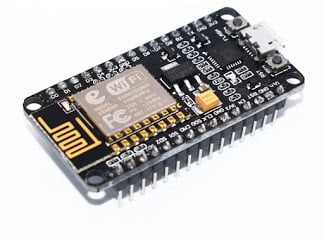

The ESP8266 NodeMCU is a development board based on the ESP8266 WiFi microcontroller. The NodeMCU is often used in Internet of Things (IoT) projects because it has built-in support for WiFi connectivity, allowing it to easily connect to the internet and exchange data with other devices.
The board is designed to be easily programmed using the Arduino Integrated Development Environment (IDE), and includes a microcontroller, memory, and various I/O components, such as GPIO (General Purpose Input/Output) pins, for connecting sensors and actuators.
The ESP8266 NodeMCU also has a built-in USB-to-serial converter, which allows it to be easily programmed and powered using a USB cable.
3. ESP32 NodeMCU


The ESP32 NodeMCU is a development board based on the ESP32 WiFi microcontroller. The ESP32 is a powerful, low-power microcontroller that combines a dual-core processor, Bluetooth and WiFi connectivity, and a wide range of I/O components, such as ADC (Analog-to-Digital Converter) pins and DAC (Digital-to-Analog Converter) pins.
The NodeMCU version of the ESP32 includes a micro USB port for programming and power, as well as a built-in USB-to-serial converter for easy communication with a computer. It also includes a range of built-in sensors, such as a temperature sensor and a hall effect sensor, and is compatible with the Arduino Integrated Development Environment (IDE) for easy programming.
The ESP32 NodeMCU is often used in Internet of Things (IoT) projects, as well as for other applications that require a powerful, low-power microcontroller with built-in connectivity.
4. Raspberry Pi Zero W
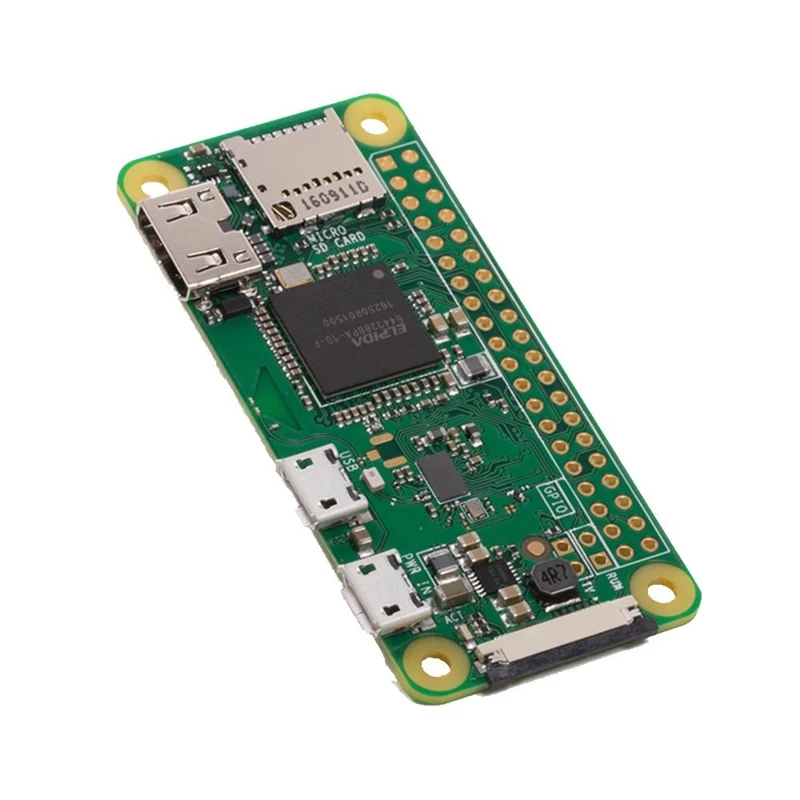

The Raspberry Pi Zero W is a compact, low-power development board that is part of the Raspberry Pi family of single-board computers. It is designed to help developers create a wide range of projects, from simple hobby projects to complex professional applications.
The Zero W includes a 1GHz single-core processor, 512MB of RAM, and a microSD card slot for storage, as well as built-in WiFi and Bluetooth connectivity. It also includes various I/O components, such as HDMI and USB ports, for connecting external devices, and a 40-pin GPIO (General Purpose Input/Output) header for connecting sensors and actuators.
The Raspberry Pi Zero W is compatible with a wide range of operating systems and software development tools, including the popular Raspbian operating system and the Python programming language.
5. Raspberry Pi Pico W
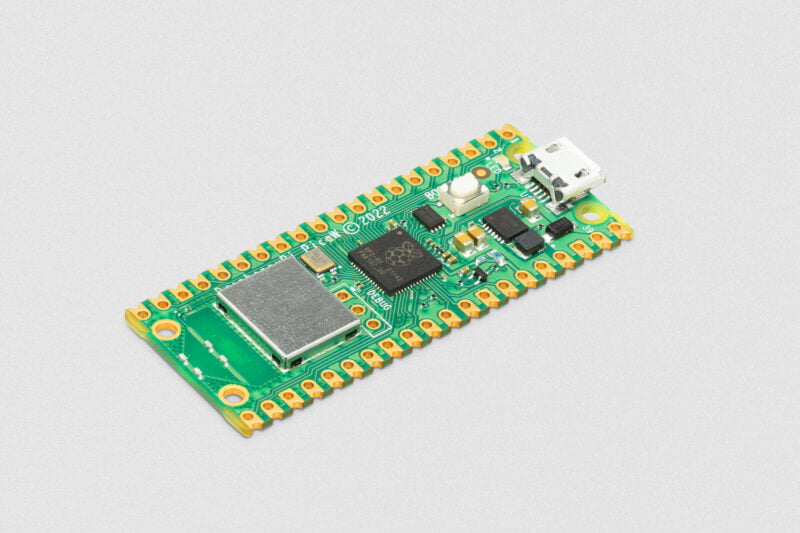

The Raspberry Pi Pico W is a compact, low-power microcontroller board developed by the Raspberry Pi Foundation. It is based on the RP2040 microcontroller chip, which features a dual-core ARM Cortex-M0+ processor and supports a range of peripherals and connectivity options, including USB, I2C, and SPI.
The Pico W also includes a built-in Wi-Fi and Bluetooth module, making it a convenient platform for building wireless IoT applications. The board is compatible with the Arduino development environment and has a range of example code and tutorials available to help users get started quickly.


The Raspberry Pi 4 is a small, single-board computer that was developed by the Raspberry Pi Foundation to promote the teaching of basic computer science in schools and in developing countries. It is a low-cost and high-performance device that can be used for a wide range of applications, from simple tasks like browsing the internet and playing games, to more complex tasks like building home automation systems and running software development environments.
The Raspberry Pi 4 features a 1.5 GHz quad-core 64-bit ARM Cortex-A72 processor, up to 8 GB of RAM, and a range of connectivity options, including Ethernet, Wi-Fi, and Bluetooth. It also has a microSD card slot for storing the operating system and other files, and a HDMI port for connecting to a monitor or TV.
Overall, the Raspberry Pi 4 is a powerful and versatile device that is ideal for learning, experimenting, and building a wide range of applications including IoT development.
7. M5Stack Core2 IoT Development Kit for AWS IoT EduKit
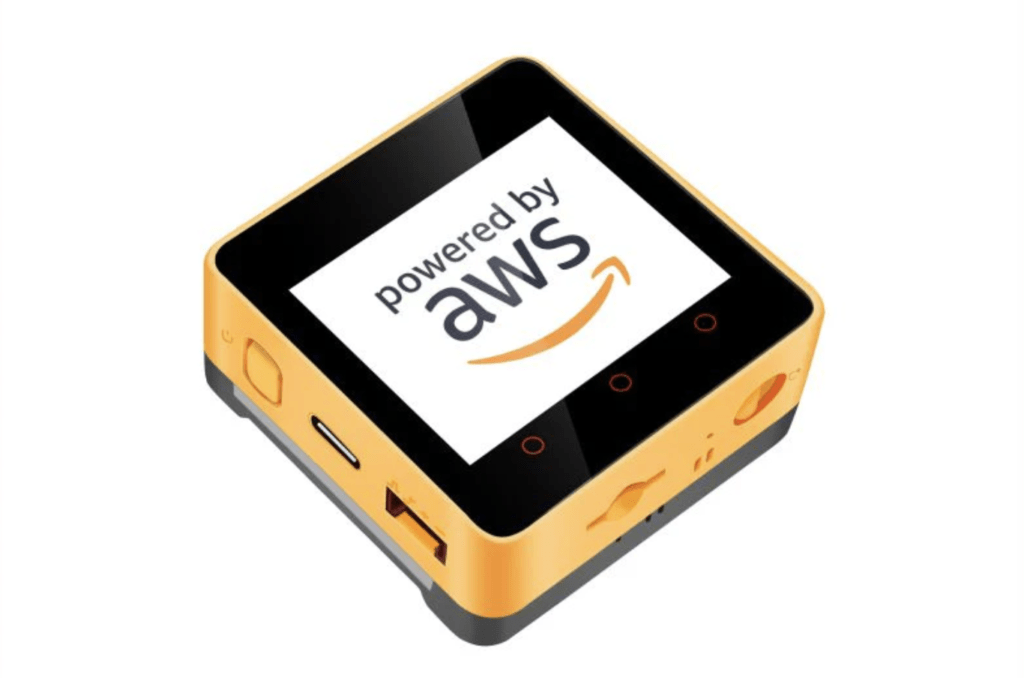

The M5Stack Core2 IoT Development Kit for AWS IoT EduKit is a compact and versatile development kit designed to help users learn and build IoT applications using Amazon Web Services (AWS) and the M5Stack Core2 IoT Development Kit.
This kit includes everything you need to get started, including an M5Stack Core2 device, a cloud-based development platform, and a set of tutorials and guides to help you build your first IoT application. The M5Stack Core2 device features a built-in ESP32 microcontroller, a high-resolution color LCD display, and a variety of sensors and peripherals, making it ideal for building IoT applications such as home automation systems, environmental monitoring systems, and more. The cloud-based development platform allows you to easily connect your M5Stack Core2 device to the AWS IoT platform, giving you access to a range of services and tools to help you build, deploy, and manage your IoT applications.
8. Wio Terminal
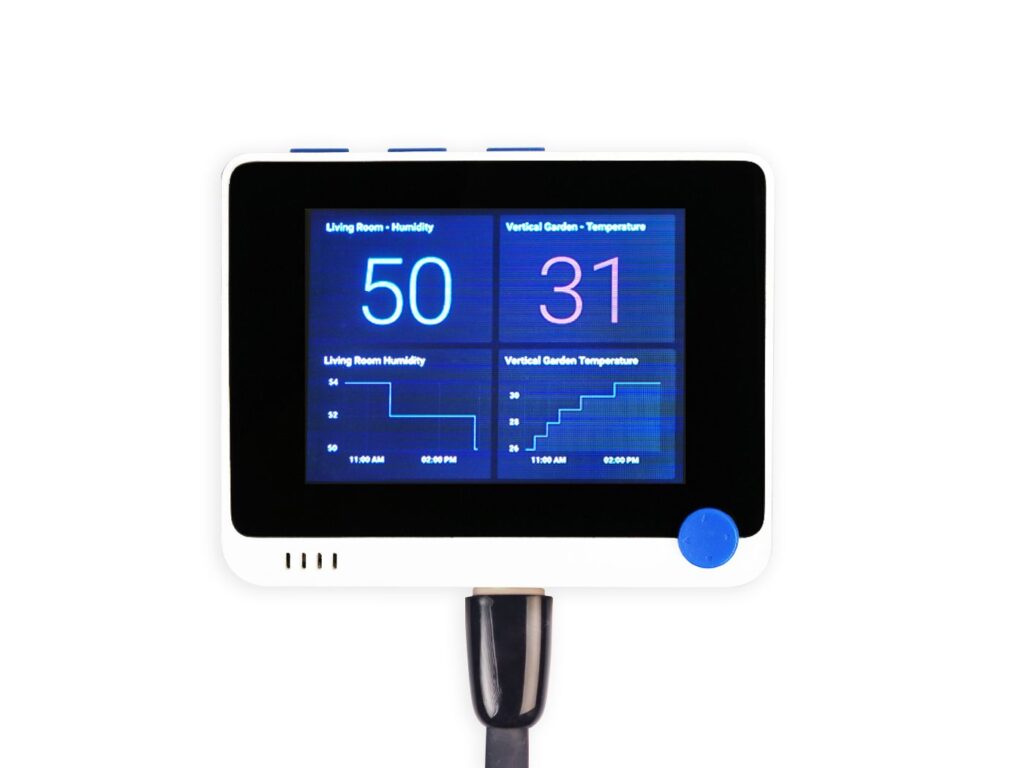

The Wio Terminal is a compact, feature-rich microcontroller development board designed for building Internet of Things (IoT) applications. It is based on the ATSAMD51 microcontroller, which features a powerful Cortex-M4 processor, Wi-Fi and Bluetooth connectivity, and a variety of peripherals and sensors.
The Wio Terminal also includes a built-in 2.4-inch LCD display, a microSD card slot, and a lithium-polymer battery charging circuit, making it a versatile and convenient platform for building IoT projects. The board is compatible with the Arduino development environment and has a range of example code and tutorials available to help users get started quickly.
9. Wio-E5 mini
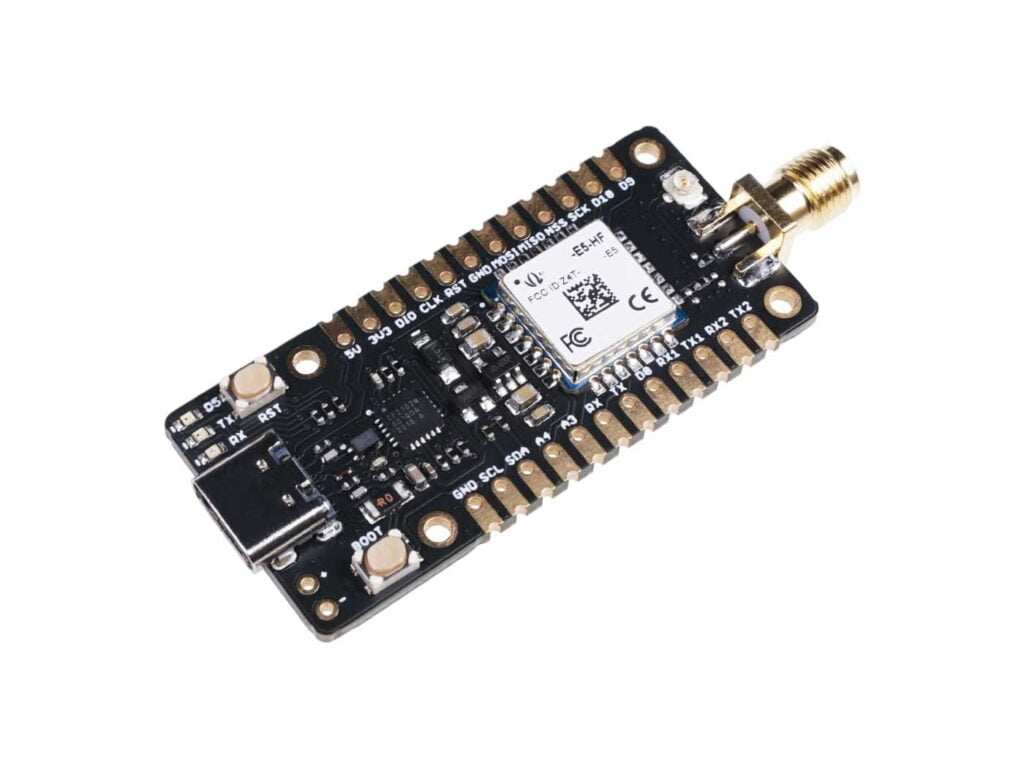

The Wio-E5 mini is a compact, low-power microcontroller development board designed for building Internet of Things (IoT) applications. It is based on the ESP32-E5 microcontroller, which features a dual-core processor, Wi-Fi and Bluetooth connectivity, and a variety of peripherals and sensors. The Wio-E5 mini also includes a built-in OLED display, a microSD card slot, and a lithium-polymer battery charging circuit, making it a versatile and convenient platform for building IoT projects. The board is compatible with the Arduino development environment and has a range of example code and tutorials available to help users get started quickly. Overall, the Wio-E5 mini is a compact, versatile, and easy-to-use microcontroller development board for building IoT applications.
10. Particle Boron


The Particle Boron is a compact, low-power cellular development board designed for building Internet of Things (IoT) applications. It is based on the nRF52840 microcontroller, which features a powerful Cortex-M4 processor, Bluetooth 5.0 and Thread connectivity, and a variety of peripherals and sensors.
The Particle Boron also includes a built-in Li-Po battery charger and power management circuit, making it a convenient platform for building IoT projects that can be powered by a battery.
The board is compatible with the Particle Device Cloud and has a range of example code and tutorials available to help users get started quickly.

